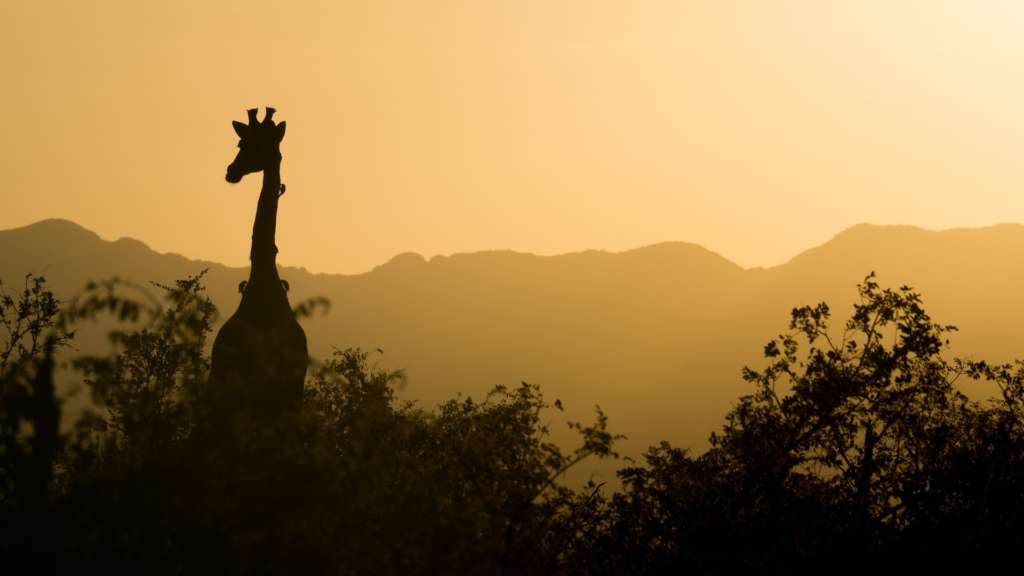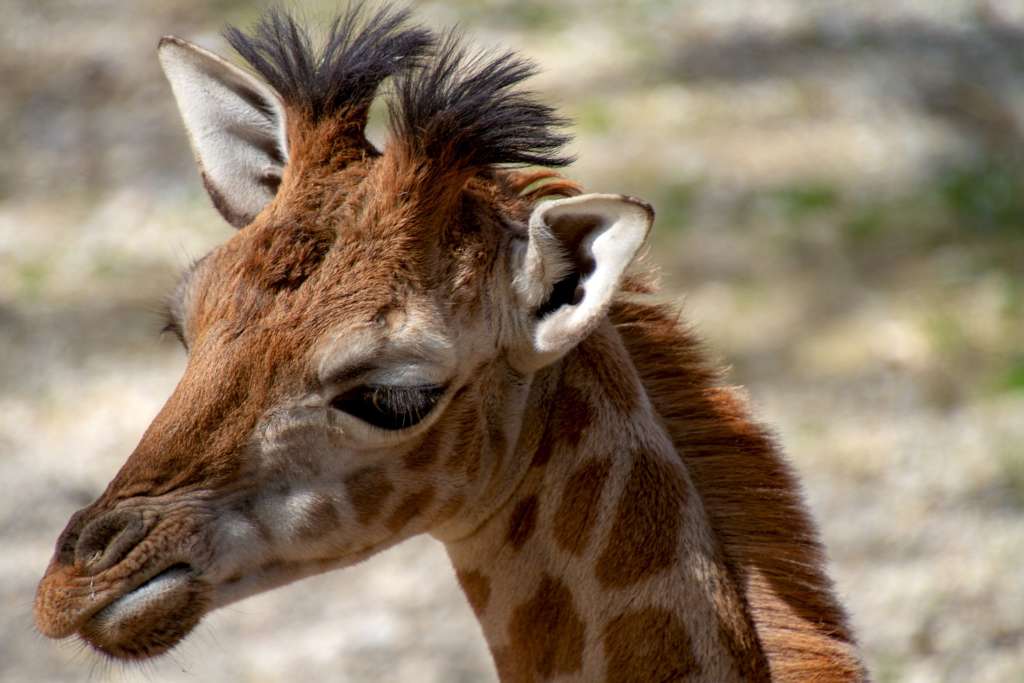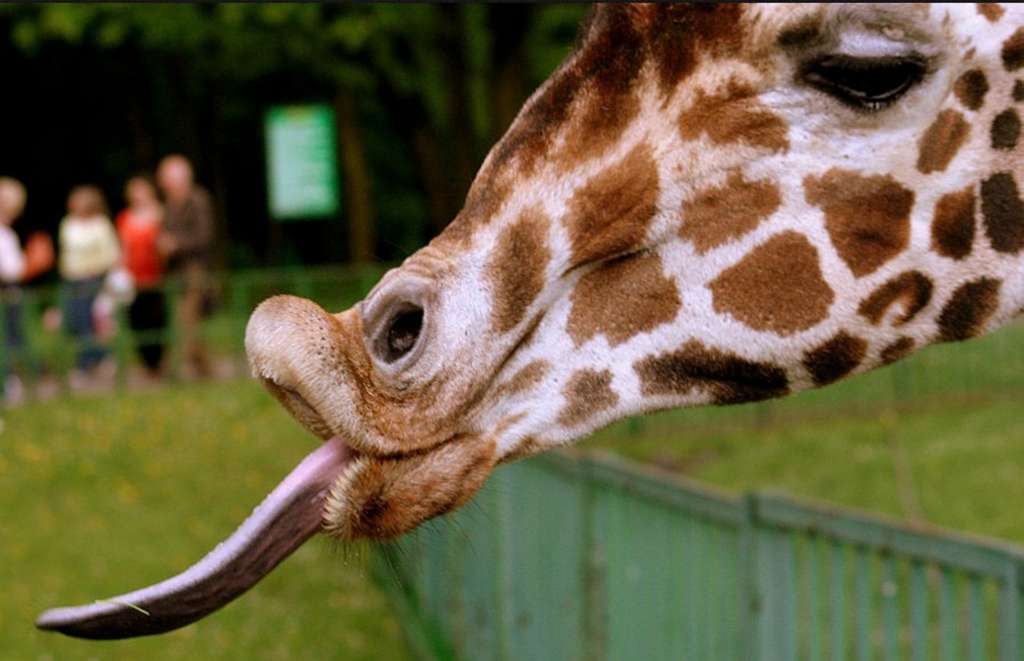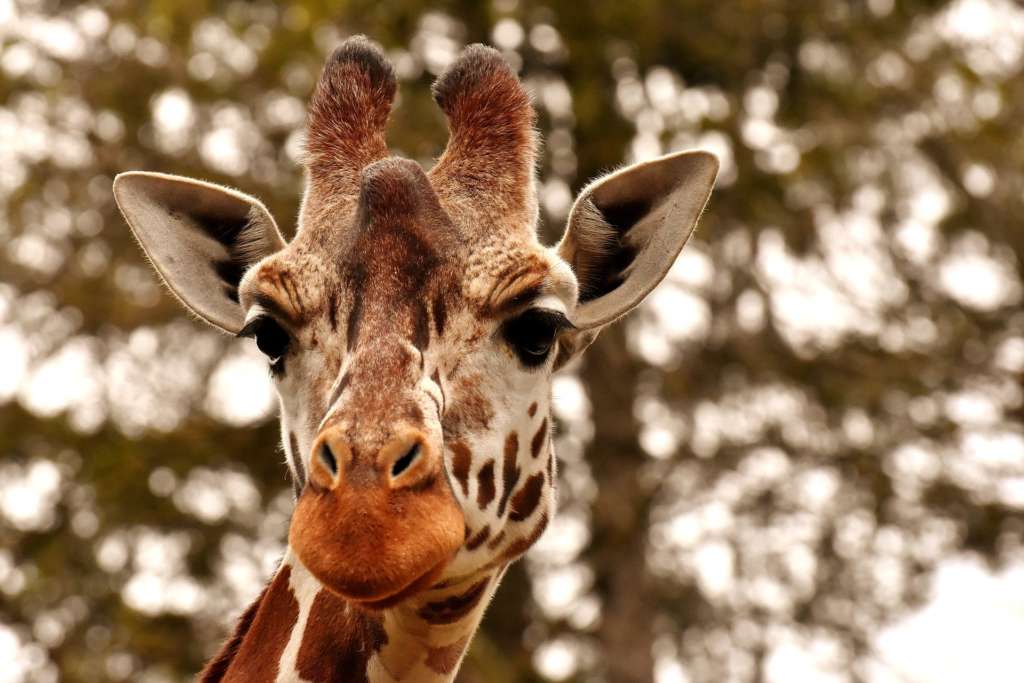The secret life of Giraffes

In our bid to learn more about the wonderful creatures of our planet, we take a long look at the African giraffe…
by Noah Patton
The giraffe is an African mammal, famous for their extremely long neck and legs. They are the tallest living animal on the planet. An adult giraffe can weigh as much as 2 tonnes and stand about 5.9m tall.
The word giraffe originates from an archaic English term “Camelopard”. This is derived from the ancient Greek words for camel and leopard. This term refers to the camel shape of the giraffe’s neck, and the leopard-like coating of the giraffe.

Their height is one of many adaptations developed to feed on twigs and fruit found in high up trees but their tongues are equally as important. It is prehensile, meaning it can be used like the tail of a monkey to grasp and hold objects. This enables them to grab hold of the foliage they are eating and break it off using the significant strength. The dexterous tongue is also used to clean out their nose, so keep that in mind next time you get close!

Giraffes also have horn-like structures on their head. These are not true horns – they are ossicones. Like antlers, ossicones, are covered in a thick layer of skin covered with fur, but instead they are made from cartilage (instead of true bone that antlers are made of) that are ossified into a bone-like substance. These ossicones do not shed and are present at birth, growing thicker and larger overtime. This is particularly apparent in males, who use the ossicones as a blunt weapon when they neck each other. [1]

Necking is used to describe male giraffes swinging their necks into each other. This is believed to be a behaviour to establish dominance between males, as males that win will reproduce more successfully. They will spread their legs, locking themselves into position as they swing their neck, sending their head and ossicones hurtling towards the other giraffe. Each giraffe will try to dodge the others blow, and then try and land a blow themselves. Most of the time injuries sustained in necking will not be fatal or even dangerous, but occasionally they will knock the other giraffe unconscious or even kill the giraffe as a result of a broken neck.
Sadly giraffes are already extinct in seven of their previous African country homes and now mainly reside in South Africa, Zimbabwe, Namibia, D.R.O.Congo, Kenya and Chad with about 68,000 left on our planet. This represents a loss of 40% of the giraffe population in the last 30 years due to a loss of habitat, poaching, civil unrest and climate change. (2)
Bibliography
[1] “The Nashville Zoo at Grassmere – Animals :: Masai Giraffe”. Nashville Zoo at Grassmere. 30 Jun 2008. Archived from the original on 2008-06-30.
(2) African Wildlife Foundation: https://www.awf.org/wildlife-conservation/giraffe

